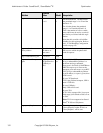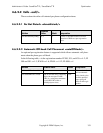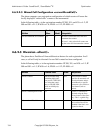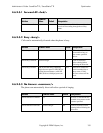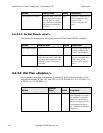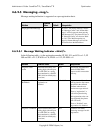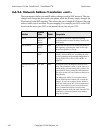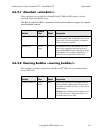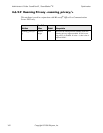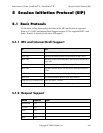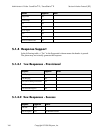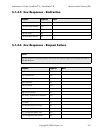
Administrator’s Guide - SoundPoint IP / SoundStation
®
IP Optimization
160 Copyright © 2006 Polycom, Inc.
4.6.2.6 Network Address Translation <nat/>
These parameters define port and IP address changes used in NAT traversal. The port
changes will change the port used by the phone, while the IP entry simply changes the
IP advertised in the SIP signaling. This allows the use of simple NAT devices that can
redirect traffic, but do not allow for port mapping. For example, port 5432 on the NAT
device can be sent to port 5432 on an internal device, but not port 1234.
Attribute
Permitted
Values
Default Interpretation
nat.ip dotted-deci-
mal IP
address
Null IP address to advertise within SIP signaling -
should match the external IP address used by the
NAT device.
nat.signalPort 1024 to
65535
Null If non-Null, this port will be used by the phone for
SIP signaling, overriding the value set for voIp-
Prot.local.signalPort in sip.cfg.
nat.mediaPortStart 1024 to
65535
Null If non-Null, this attribute will be used to set the
initially allocated RTP port, overriding the value
set for tcpIpApp.port.rtp.mediaPortRangeStart in
sip.cfg. Refer to 4.6.1.10.3.1 RTP <RTP/> on
page 124.
nat.keepalive.inter-
val
0 to 3600 Null If non-Null (or 0), the keepalive interval in sec-
onds. This parameter is used to set the interval at
which phones will send a keep-alive packet to the
gateway/NAT device to keep the communication
port open so that NAT can continue to function as
setup initially.
The Microsoft
®
Office Live Communications
Server 2005 keepalive feature will override this
interval. If you want to deploy phones behind a
NAT and connect them to Live Communications
Server, the keepalive interval received from the
Live Communications Server must be short
enough to keep the NAT port open. Once the TCP
connection is closed, the phones stop sending
keep-alive packets.



